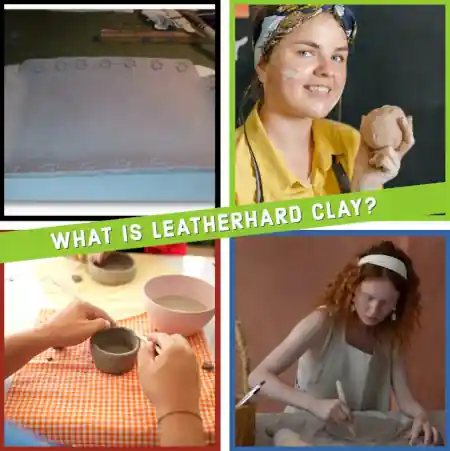Unveiling the Mystery of Grog in Pottery
Grog in pottery refers to crushed, fired clay that is added to raw clay to improve its strength and reduce cracking. The grog particles help to distribute stress evenly throughout the piece, making it less likely to break during the firing process. This technique has been used for centuries and is particularly useful for larger … Read more
